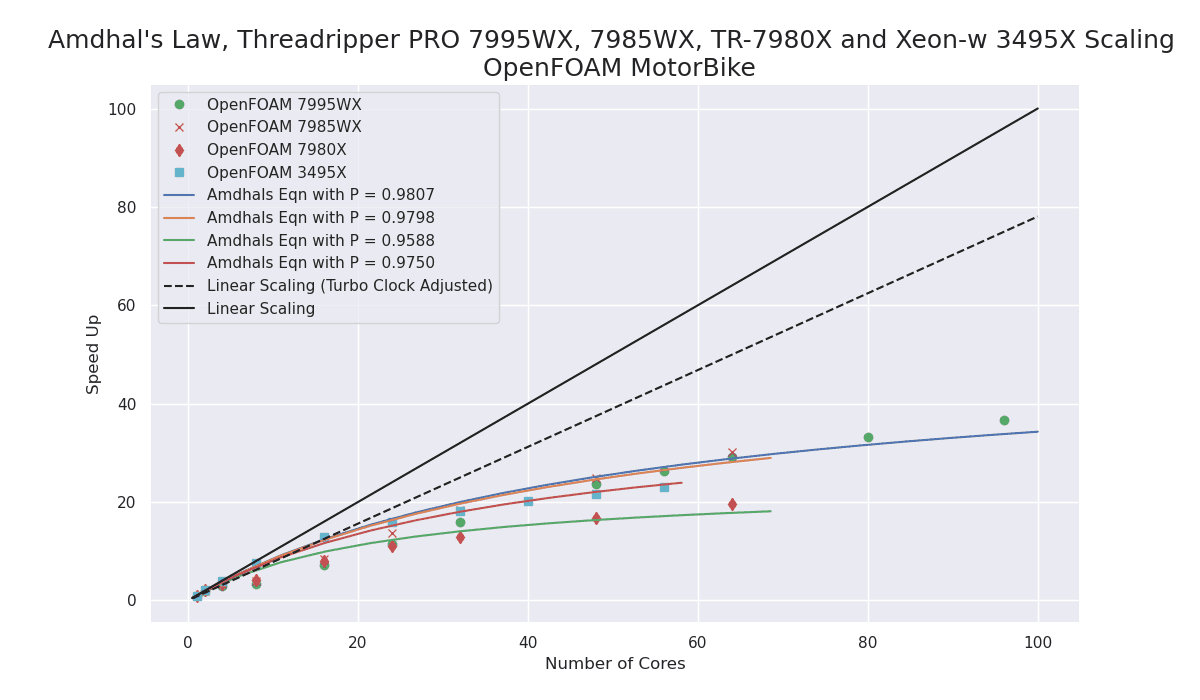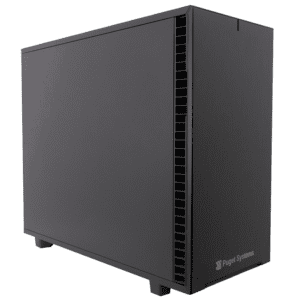This post presents scientific application performance testing on the new AMD Ryzen 7950X. I am impressed! Seven applications that are heavy parallel numerical compute workloads were tested. The 7950X outperformed the Ryzen 5950X by as much as 25-40%. For some of the applications it provided nearly 50% of the performance of the much larger and more expensive Threadripper Pro 5995WX 64-core processor. That’s remarkable for a $700 CPU! The Ryzen 7950X is not in the same platform class as the Tr Pro but it is a respectable, budget friendly, numerical computing processor.





